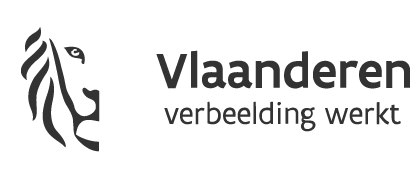EUtopia
On 26 September, the Brussels Philharmonic, under the baton of Kazushi Ono, will perform EUtopia by Annelies Van Parys: a work where despair and hope interlace, questioning whether Europe is merely a utopia or if Beethoven’s vision in “Alle Menschen werden Brüder” will ultimately prevail.
Read the program note by Van Parys below.
Daphnis et Chloé · 26.09.2025 · Flagey

When the visionary choreographer Sergei Diaghilev asked him in 1909 to create a new work for Les Ballets Russes, the young Maurice Ravel chose to present an intense Greek love story with Daphnis et Chloé. Ravel’s approach—emphasizing color and atmosphere—initially met with misunderstanding and resistance. Yet even Stravinsky declared, “It is not only Ravel’s finest work but also one of the most beautiful masterpieces of French music.”
discover moreEUtopia
For symphonic orchestra
"Europe: from ideal to utopia? That's pretty much the arch EUTOPIA casts. Conceived in one movement, it begins brightly and hopefully – like the European Idea – with harmonic, natural, high orchestral spectra. There is also a nod to dodecaphony, the twelve-tone system that underpinned the serialism that symbolised renewal just after World War II: Europe was the project of renewal to ensure that we could live in peace and freedom.
But when I began writing the work in the summer of 2023, deals were being made to keep people outside our European borders, in ways I felt were no longer consistent with European values. This has had repercussions in the music: after the carefree beginning, distortion and noises enter the pure sounds. The tension rises, the texture becomes denser, and finally the sound mass culminates in the strokes of a bell. These quote Beethoven's Alle Menschen werden Brüder, like a kind of broad cantus firmus in a long, slowing time-stretch. Firstly, the original is heard, then repeated in the minor. Perhaps it carries somewhere within it a (forlorn) hope: Europe was not quite utopic after all, but the music continues the message of An die Freude."
—Annelies Van Parys 2024
